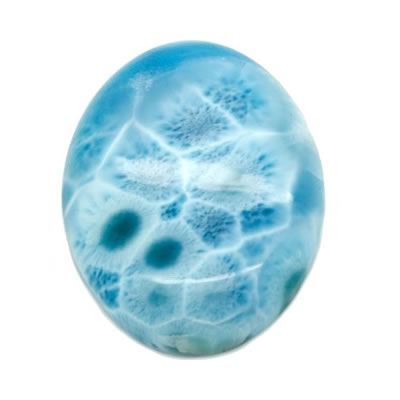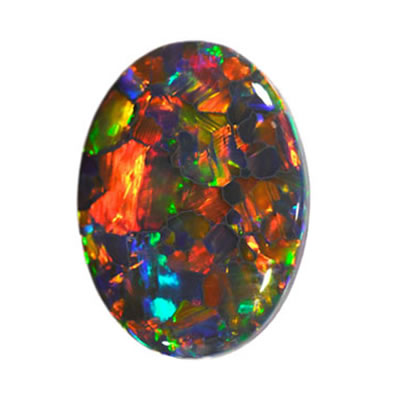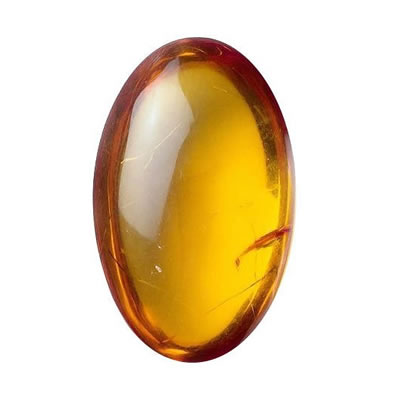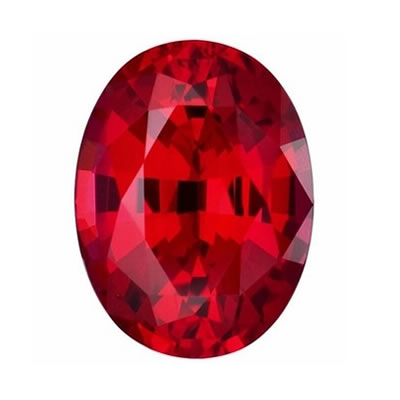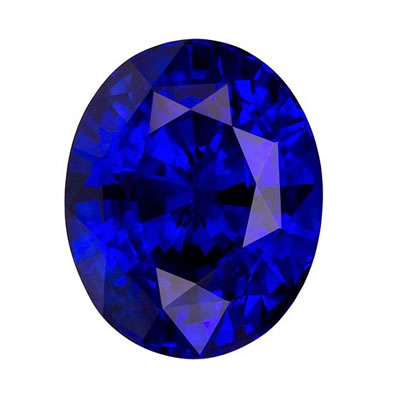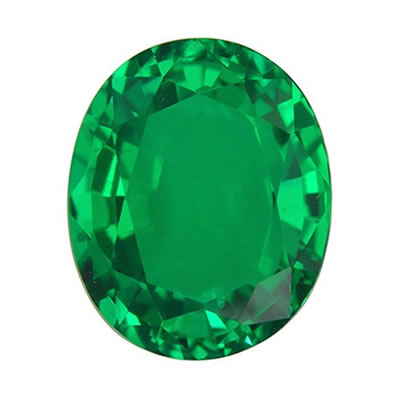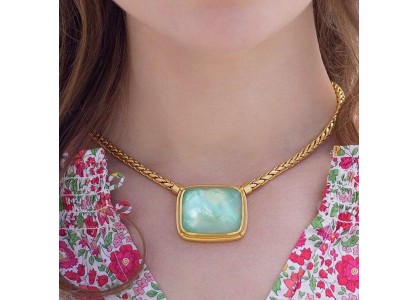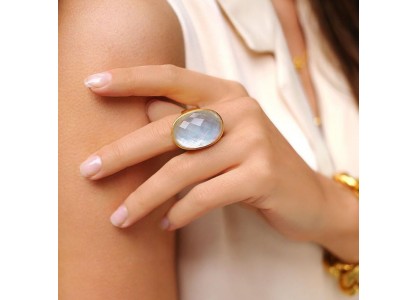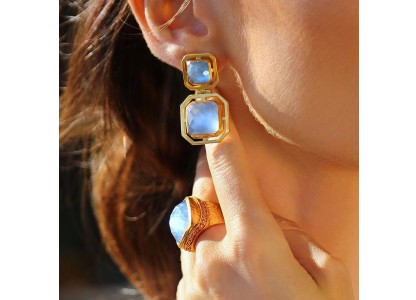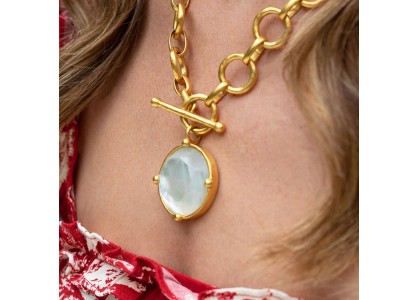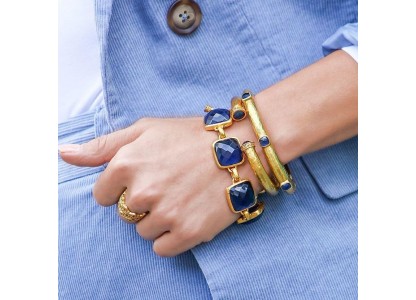Moldavite

Moldavite jewelry
Etymology and history
Moldavite is the name given to the meteorite that fell to our earth 15 million years ago. The area where it landed is in a small section of the Czech Republic. How it was formed is still a mystery. It is believed by some to be a fusion of the molten meteorite and the high content of silica in the soil that give this substance its glass like consistency.
Moldavite description
Moldavite is a dull green or olive green tektite which most scientists agree was formed during a meteorite impact in the Nordlinger Reis Crater. This word comes from the Greek word tektos, which means ‘melted’; and was first employed by the geologist Franz Suess in the year 1900. Moldavites are not part of a meteor, their chemical composition fits to the first sedimentary layers in the mother crater. No typical elements known from meteorites are enriched in the Moldavite glass. Against many writers who like to sell Moldavites as meteorites, the facts show that it is a product of the fusion of a meteorite with the earth. Moldavite is one of the rarest materials on earth. Moldavites have a melting point between 1100 to 1600 degrees Celsius.
Moldavite in jewelry
Moldavite is most often cut in one of two designs: an oval brilliant cut or a cushion cut. The brilliant cut is popular because it ensures maximum light is reflected through the front of the gemstone, creating a bright, fiery look. Brilliant cuts are used on round, oval, pear-shaped pendeloque, and boat-shaped marquise or navette most often. The cushion cut is a "mixed-cut" style that is squarish with rounded corners. Mixed-cut stones are usually rounded with the crown of the stone cut the same as brilliants.
Occurrence
Moldavite can be found in the Czech Republic, Austria, Germany, and the Republic of Moldova.
Talk to Our Jewelry Experts
Monday to Friday from 9AM to 5PM EST

